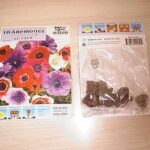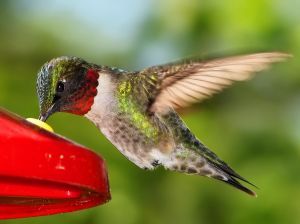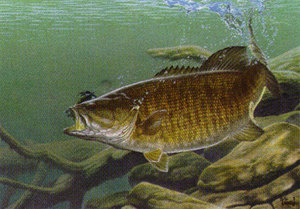There are a plethora of anemones on the market for avid marine aquarists of every experience level. Anemones can offer beauty, fascination and a diverse addition to specialized marine aquariums. With the proper husbandry requirements being met, coupled with the right lighting and filtration, anemones can be a welcomed addition and long lived animal. The problems plaguing many aquarists from maintaining a healthy anemone are attributed to inadequate preparation and water parameters, thus leading to the demise of these beautiful animals in a short period of time. One of the best suited anemones for the aquarist looking to beat the odds and successfully maintain an anemone for an extended period of time, is the condylactis anemone, pink-tipped or Haitian anemone, all synonymous names used to identified the condy anemone.
Condylactis gigantea is native to the Caribbean and is frequently encountered in shallow regions containing sea grass beds and sandy bottoms. These anemones, like their cousins, are photosynthetic thus strong lighting is essential. Zooxanthellae which are small single-celled dinoflagellates provide the essential nutrients required by condy anemones for their survival. This symbiotic relationship between anemone and zooxanthellae is a classic example of two living organisms relying on each other for their survival. The zooxanthellae resides within the tissue of the condy anemone where it is offered safety and a place to thrive while offering food to the condy anemone in the form of amino’s and carbohydrates. Intense lighting is therefore required hence their profound residence in shallow water.
Taking this into account, marine aquarists need to provide intense lighting for this, or any other anemone, to have a chance in their aquarium. Metal halides are the preferred and best form of light source that is as close to that provided by the sun. Condylactis anemones can be maintained under other bulb types such as T-5’s, VHO’s and power compacts but halides are your best bet. For those of you using standard fluorescent bulb fixtures, anemones should not be on your list of possible, desirable aquarium inhabitants!
Food and nutrients required by condylactis anemones are obtained primarily through their zooxanthellae as I hinted on earlier. This does not mean that they will not consume other foodstuff. The offering of krill, clam, silversides and squid once or twice a week will not be refused and will add to the increased growth in condy anemones. The condy anemone has one mouth and one anus and they are one in the same so what is consumed is also released from the same opening in the center of the oral disc or head of the anemone. Regurgitation is a great word that depicts what it looks like when the condy anemone rids itself of wastes. Often times these anemones will shrink in size as well, causing aquarists sudden panic and fear that their anemone is dying. This is not the case however, as this is just their way of conserving energy and excreting feces.
Condy anemones are normally white or cream colored with pretty pink tips. Haitian anemones normally have a red base contrasted by a white oral disc. They range in size from 6-10 inches and their tentacles are probably the largest of all the anemones. The disc is normally not very visible due to the nature of the tentacle style length and size.
Typical water parameters hold true for the condy as well as other anemones. Ph of 8.1-8.4, carbonate hardness around 8-12, salinity level of 1.023-1.025 and temperature holding firmly between 78-82 degrees. An effective protein skimmer, carbon and weekly water change to remove waste, phosphates and high nitrate levels are recommended for a thriving anemone, which also encompasses all other living animals in a marine aquarium.
Anyone tempted by this diverse species of anemone with hopes of forming a tight bond with one of the many clownfish available may want to refrain from this type of anemone as the condy normally doesn’t make a suitable host for a clown. Often the anemone or clown fails to survive with this type of symbiotic arrangement. Occasionally, luck will enter into the equation and a socially accepted scenario will take place, but don’t count on it.
These anemones are a cheap alternative to the myriad of other species of anemones on the market. This does not guarantee their hardiness and long term success, however. Yes, they are one of the more hardy anemones available. With some help and dedication, condylactis anemones can make a valued addition to a marine aquarium biotope. Caution should be advised regarding the behavior portrayed by this anemone. They tend to move around alot, causing injury or death to sessile inverts especially. Powerheads, pumps, heaters and other pieces of equipment should be concealed to minimize the chance of a condy being sucked up or burned by various pieces of equipment.
Because of the reduced stress to your wallet or pocketbook, a condy does deserve consideration as an inhabitant for a marine aquarium, more-so, for a fish only set up. They are very common and available at most pet store and on line venues making this an easy anemone to find without having to spend numerous hours trying to track one down. Take the time to determine if the compatibility and husbandry requirements fit your diverse set up as well as if this animal is, in-fact, what you ultimately want. If the answer to these two questions is YES, then go for it…they are beautiful and interesting in their own right!



